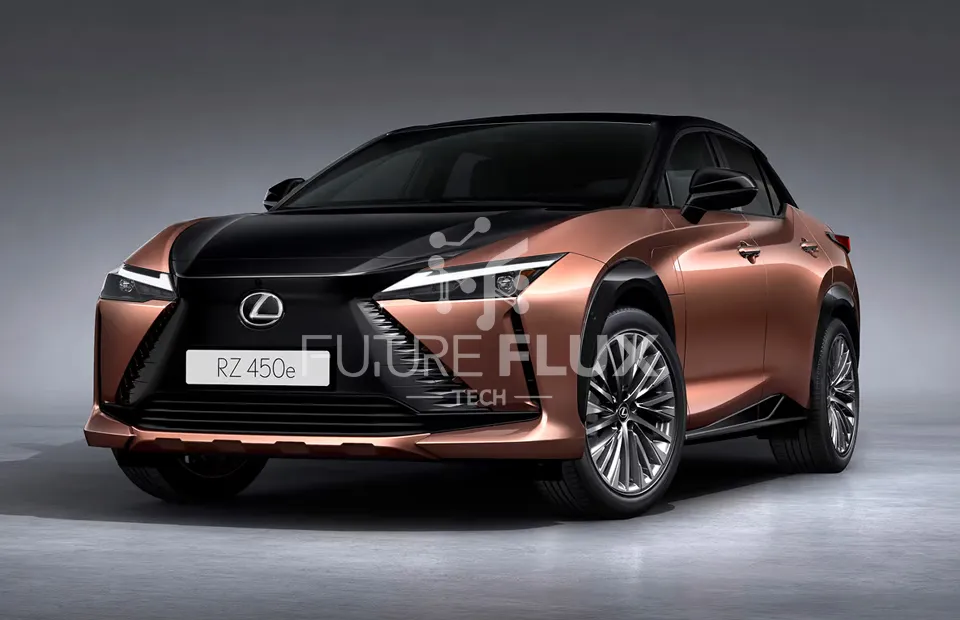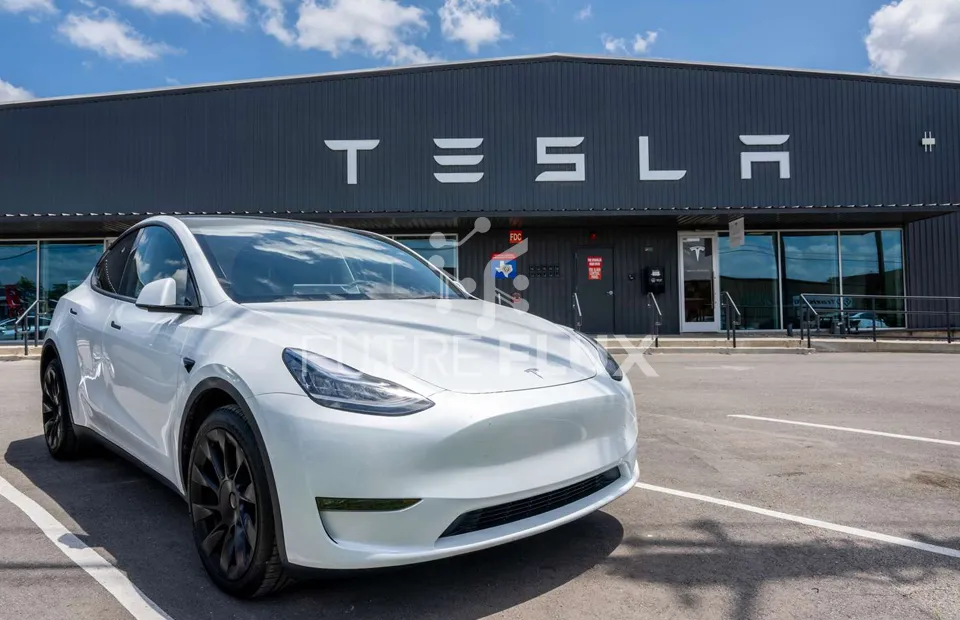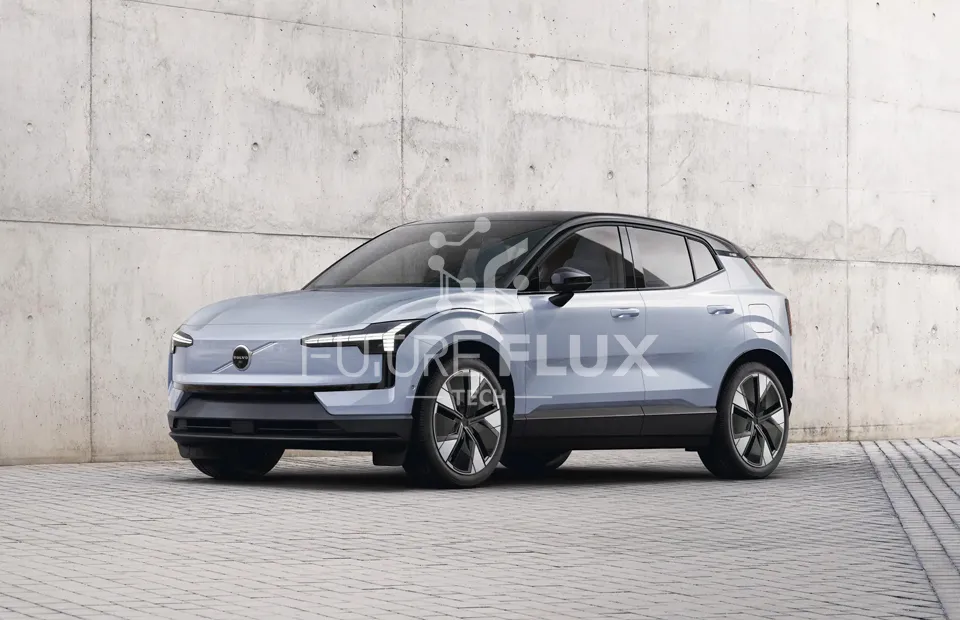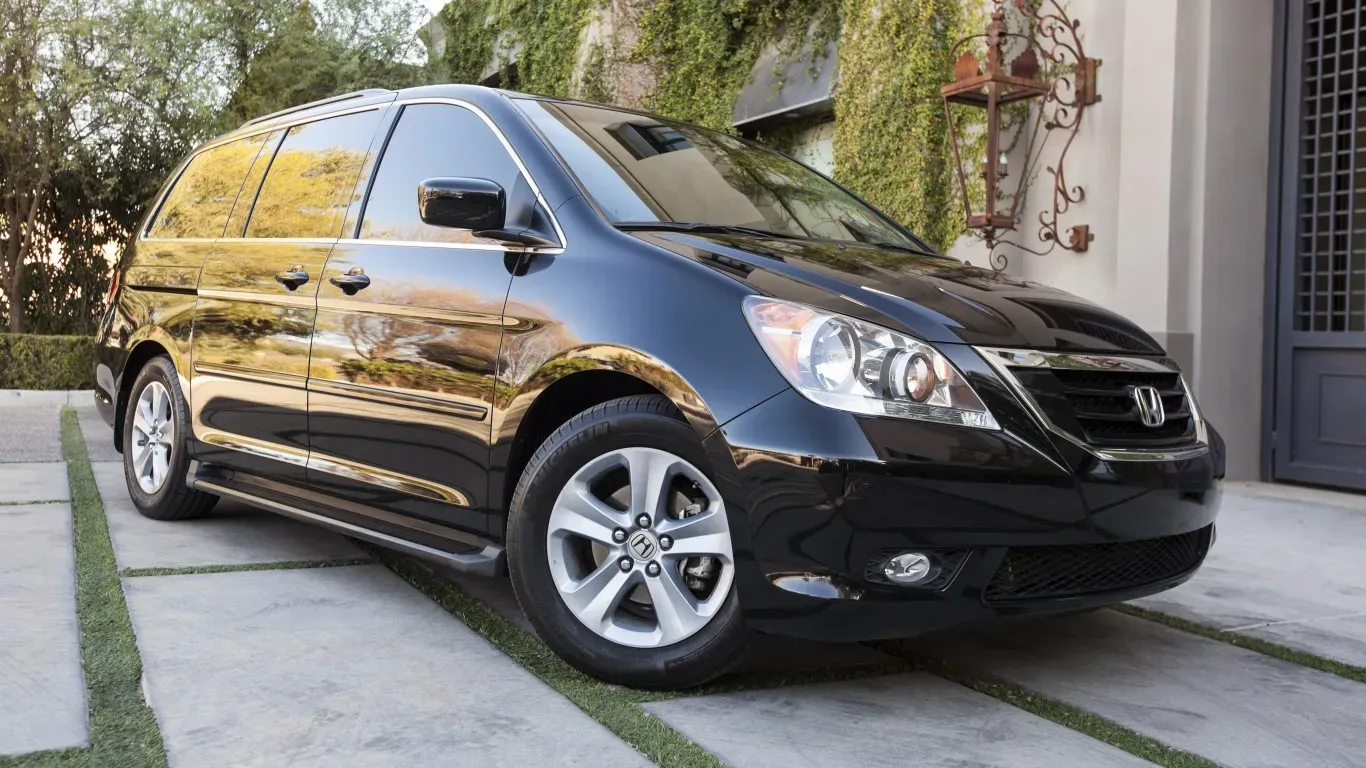All wheel drive impacts the range and economy of electric cars, even though it offers notable advantages in terms of stability and efficiency. All wheel drive electric cars run numerous electric motors to run front and back wheels. This setup improves speed and stability, which qualifies AWD electric cars for many driving circumstances, particularly slippery roads and rocky terrain. Although AWD systems have long been included in electric vehicles, recent developments have made them more advanced and effective.
Efficiency of all wheel drive electric cars

The higher energy consumption of AWD systems in electric cars raises one of the issues. Four wheels must be powered with more energy than a conventional two-wheel-drive system demands. This extra energy use can cause the vehicle’s general range to shrink. For example, although a rear-wheel-drive electric car might possess a 300-mile range. Hence, the additional energy needed by the extra motors could cause a 10–15% range drop in its AWD equivalent.
AWD systems also include regenerative brakes on every wheel to assist in some of the wasted energy.
When deceleration, the regenerative braking process turns kinetic energy back into electrical power from which the battery can be charged. This function improves the all-wheel drive electric cars 2024 general efficiency by compensating for the higher energy consumption.
Because of their additional motors and associated components, AWD systems give the vehicle more weight. The efficiency of the car can suffer from this extra weight. AWD systems can also affect the vehicle’s aerodynamics, occasionally increasing drag. Companies are always trying to maximize the design and materials used for AWD systems to reduce these consequences.
The impact of electric car advancements

Amazing mechanisms built into modern all wheel drive electric cars enable the best possible power distribution between the wheels. Based on driving circumstances, these systems can constantly alternate between two-wheel drive and all-wheel drive, lowering unnecessary energy usage. For instance, the technology can disconnect the extra motors during interstate driving when AWD is not required. Thus it can save energy and increase the range.
Let’s examine the details of two well-known all-wheel electric cars 2024—the Ford Mustang Mach-E and the Tesla Model Y—to see how range and efficiency might be affected. These examples show how AWD systems let manufacturers strike a mix between performance and range.
Due to its dual-motor configuration that produces outstanding stability and performance, the Tesla Model Y is a top AWD electric SUV. Especially in demanding driving circumstances like rain or snow, this AWD system improves the stability and handling of the car. Despite the AWD system’s extra energy consumption, Tesla has remarkably balanced to maintain the range relatively high.
With an expected range of 326 miles on a single charge, the Model Y shows how sophisticated power management and modern battery technologies might help reduce AWD systems’ energy consumption. Tesla’s innovative battery technology includes high-energy-density cells and effective temperature management technologies to help preserve lifetime and best performance. Furthermore, the power management system of the Model Y cleverly divides power between the front and back motors. For highway driving, for instance, the system can reduce secondary motor activation, saving energy and increasing electric car battery range 2024.
Another well-known example is the Ford Mustang Mach-E, among the top electric SUVs of 2024. For those looking for both performance and adaptability, the Mach-E presents AWD options that significantly improve its performance while driving and stability. Particularly helpful in bad weather, the AWD version of the Mach-E offers more excellent stability and handling than its rear-wheel-drive competitor.
However, the range is one trade-off associated with including an AWD system in the Mach-E. Reflecting the extra energy consumption needed to run all four wheels, the AWD type has a smaller range than the rear-wheel-drive version. For instance, the AWD version usually suffers a drop of roughly 10–15% in range, making it closer to 270 miles, whereas the rear-wheel-drive Mach-E might have a range of about 300 miles.
Ford tackles this trade-off by including regenerative brakes on every wheel, enabling some energy recovery during deceleration. This capability helps propose higher energy usage by combining it with the effective power distribution mechanism of the Mach-E. This therefore improves general efficiency.
The innovative world of all wheel drive electric cars

Particularly in the field of battery technology and electrical components, which are vital in improving the performance and efficiency of all-wheel drive (AWD) electric vehicles, electric car technology 2024 has witnessed notable developments. The development of high-capacity battery packs with better energy density is among the most remarkable. Reducing the range loss usually related to AWD systems depends on the ability of these batteries. This happens due to storing more energy in a small volume.
Manufacturers may provide AWD high horsepower electric cars that keep reasonable ranges despite the additional energy consumption needed to run all four wheels by raising the energy density. This development is essential since it solves range anxiety, one of the key worries of possible EV consumers. High-capacity batteries guarantee that AWD electric cars may run farther on one charge, increasing their appeal and practicality for a larger audience.
Apart from battery capacity developments, power electronics’ productivity has dramatically improved. Particularly complicated in AWD systems where power must be evenly supplied to all wheels, power electronics are essential for controlling the power flow from the battery to the motors. Modern inverters and motor controllers are being carefully built to maximize energy use. With little energy waste, these parts transform the direct current (DC) from the battery into the AC.
Enhanced inverters improve the general drivetrain efficiency by switching currents more effectively and at greater frequencies, lowering thermal losses. Furthermore, depending on real-time driving conditions, including road traction, speed, and load, intelligent motor controllers can constantly modify the power distribution to every wheel. This flexibility guarantees efficient energy usage, saves battery life and expands the range of the car. This also improves the driving experience by offering smoother and more responsive handling. With these sophisticated power electronics, AWD electric vehicles can attain improved performance without an associated increase in energy usage.
Solid-state batteries will help AWD electric cars to have a bright future. Higher energy levels and faster charging periods provided by these batteries can significantly increase AWD electric car range and efficiency. Affordable electric cars 2024 with greater ranges and more efficiency should show as solid-state batteries get more practical for business. Autonomous vehicle technology and artificial intelligence implementation similarly work to transform AWD electric car efficiency. Real-time, AI-driven systems can forecast and adjust for driving conditions, optimizing electricity and energy use distribution. More effective driving and improved range management follow from this process.
Final words
Regarding efficiency, traction, and safety, including all-wheel drive systems in electric cars offers many advantages. It does, however, also provide problems with range and energy usage. The balance between performance and efficiency in all wheel drive electric cars will keep improving as we go forward. This gives consumers more choices to fit their requirements.
In a nutshell, even if AWD systems affect the range and effectiveness of luxury electric vehicles 2024, continuous technological developments help to bring these effects more under control. Knowing how AWD influences range and efficiency will enable you to decide if you want the electric vehicle advancements 2024, best electric SUVs 2024, or top electric vehicles in 2024. The future of AWD electric cars seems better than ever as electric car performance 2024 continues to operate.
FAQs:
Can I use all wheel drive electric cars in the snow?
Yes, you can.
Are all wheel drive electric cars a better option for car lovers?
Yes indeed.
What are some of the best AWD electric cars?
Ford Mustang Mach-E and Tesla Model Y.
I’m Waqas, an electric vehicle enthusiast and tech writer with over 6 years of experience covering the EV industry. I write in-depth articles, comparisons, and reviews to help readers understand the fast-evolving world of electric mobility. From battery technology to EV launches and charging trends, I aim to make complex EV topics simple, engaging, and informative for everyday drivers and curious readers alike.





